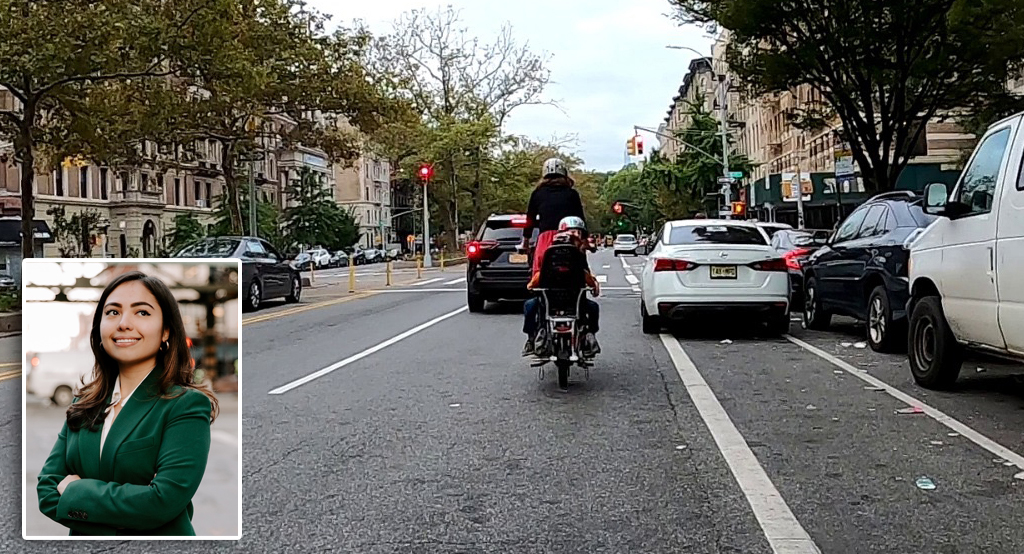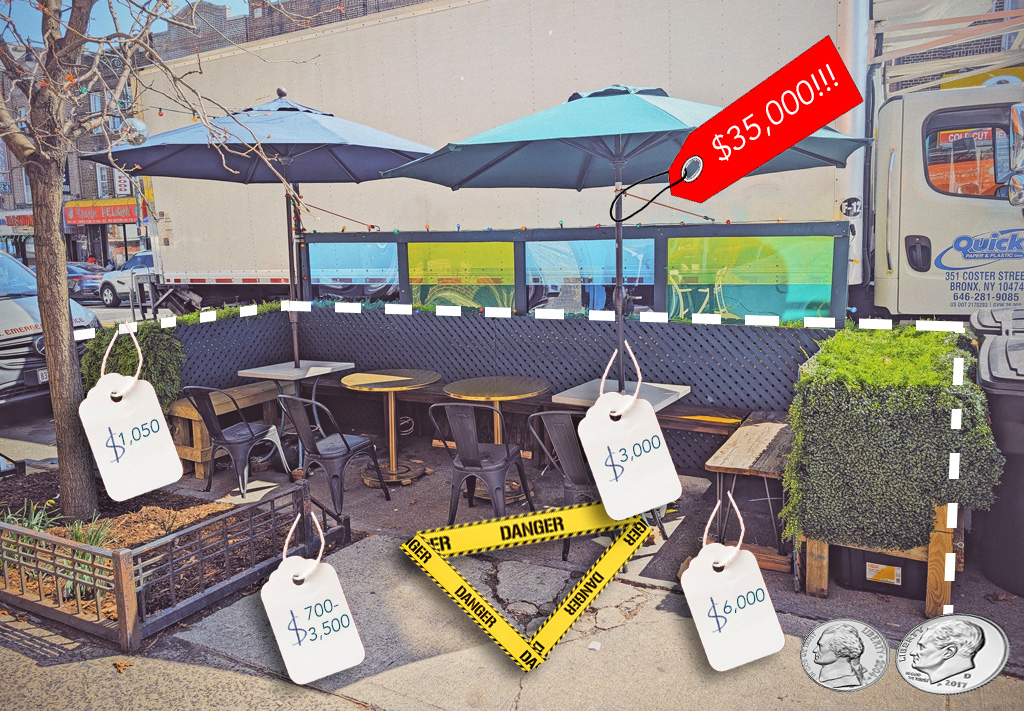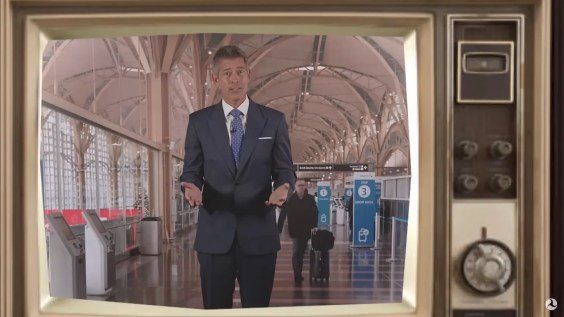Michael Andersen blogs for The Green Lane Project, a PeopleForBikes program that helps U.S. cities build better bike lanes to create low-stress streets.
Why don't more cities escape the curse of bus-bike leap-frogging by putting bike lanes between transit platforms and sidewalks?
Though "floating bus stops" and similar designs are being used in many cities, others have avoided doing so, sometimes out of concern that people will be injured in collisions with bikes while they walk between platform and sidewalk.
But is this actually a problem? An intersection in San Francisco that uses a similar design seems to be working just fine.
The annotated video above shows one minute of the self-regulating sidewalk ballet.
Seleta Reyolds, the San Francisco Municipal Transportaiton Agency's section leader for livable streets, calls the corner of Duboce Avenue and Church Street "a great example of how to design for transit-bike interaction."
Though it's only been open since June 2012 and hasn't worked its way into the city's official collision records yet, Reynolds said she couldn't find any record of a complaint arising from the intersection.
A few details worth noting:
- This block is unusual in that it's closed to cars, even on the other side of the transit stop. This removes any risk of right hooks due to limited visibility, an issue that other such designs must handle differently.
- The relatively narrow bikeway here, with a curb on each side and a flat grade, prompts people to move at manageable speeds. This wouldn't work as well on a slope.
- There is no fence here between platform and bike lane. This gives people maximum visibility and maximum flexibility as they negotiate past each other.
A key lesson here is that what's often true of car traffic — that the safest designs are the ones that avoid as many potential conflicts as possible — is not true for people on bikes and foot. In pedestrianized areas (a British study of 21 such spots turned up exactly one bicycle-related collision in 15 years) people are very good at negotiating around one another. Sometimes, we can all just get along.
Video shot by Charly Nelson. You can follow The Green Lane Project on Twitter or Facebook or sign up for its weekly news digest about protected bike lanes.






